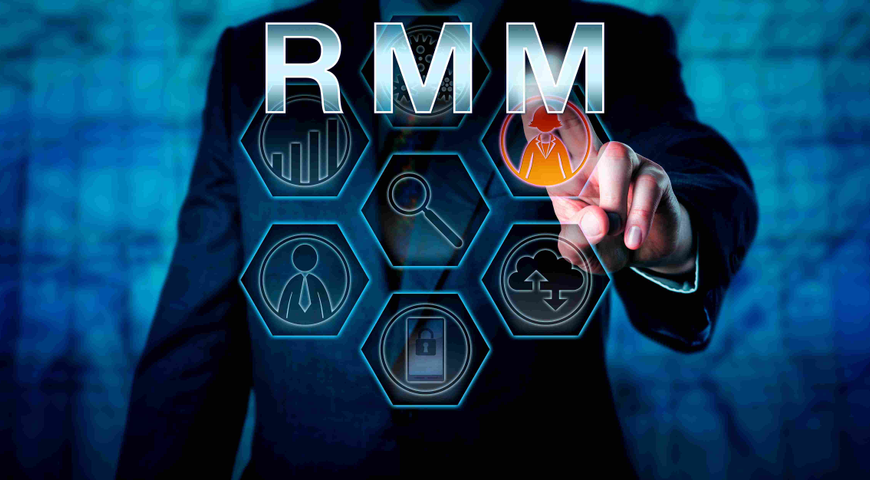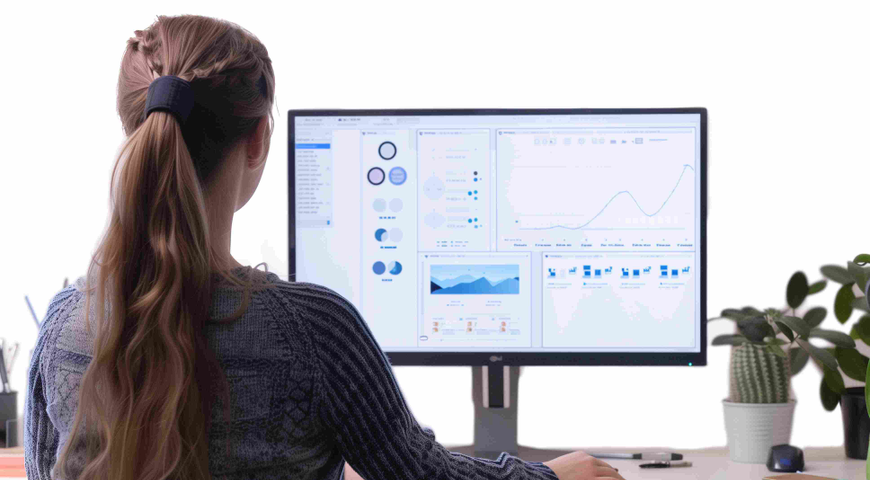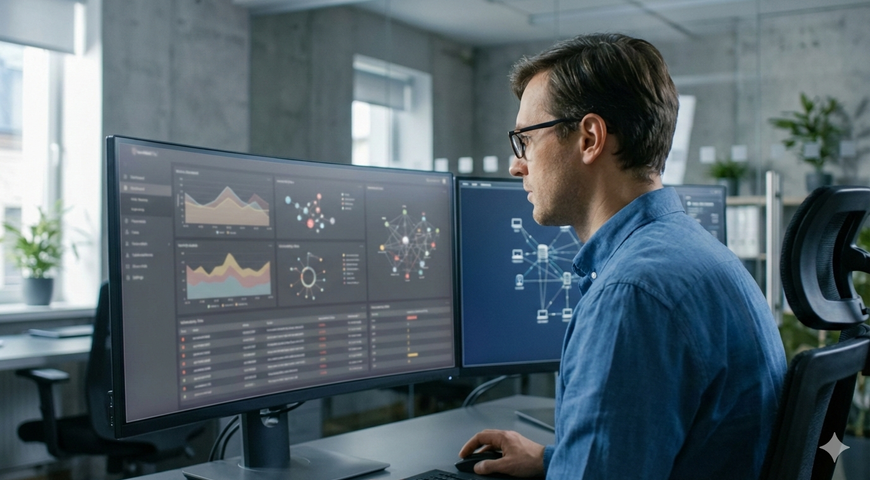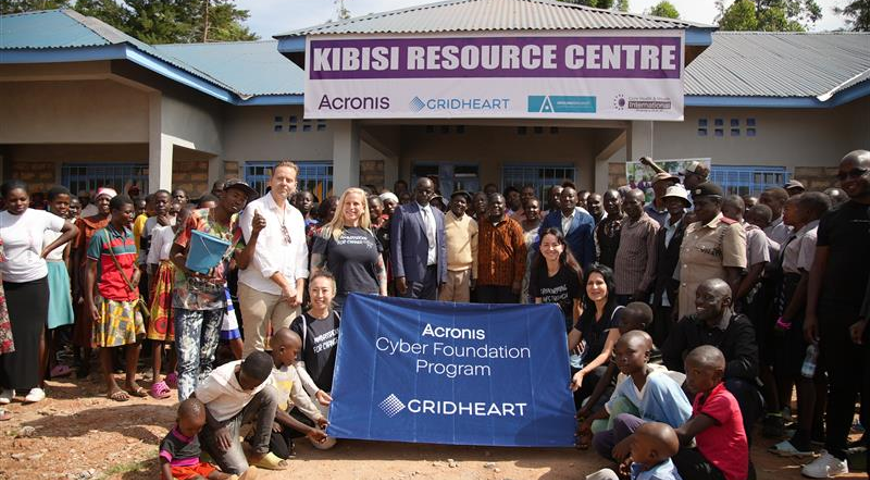Did you know that the “Toy Story 2” movie was almost completely lost? Not long before its release, Pixar Animation Studios suffered one of the most famous data losses in history – losing most of the source files of the upcoming film.
Pixar had a backup – a traditional solution saving a copy of data to tape. However, when the engineers tried to restore the data, the tapes failed. The movie was eventually saved by locating a stray copy of the files on the home workstation of Supervising Technical Director, Galyn Susman.
For Pixar, the outdated traditional backup solution had failed in its main objective – protecting the data.
How can you avoid a similar situation and make sure your backup solution will protect your digital assets now and in the future? Here are three priorities to consider in a professional-grade data protection solution.
1. Increased Protection
The more places you store copies of your backups, the more disaster situations you are able to recover from. Local storage is very important for quick local recovery, but will not help you in the event that your local datacenter has been damaged. Being able to add cloud backup to your backup plan helps ensure you will be able to recover your data even if your datacenter is destroyed. Hybrid data protection, local and cloud copies of your data, is a best practice today and very easy to accomplish with a professional-grade data protection solution.
It may sound a bit strange but ease of use is required with increased protection as a key and primary quality of any new generation data protection solution. First, under the pressure of a Disaster Recovery situation, an Administrator cannot afford to read user guides, help dialogs or call support just because the software is not user-friendly.
Second, for the majority of organizations, a backup solution does not generate revenue – it protects from losses, and as such is not the primary production business system in IT. Administrators should not have to spend much of their energy managing data protection software.
To support increased protection, the solution should be fully integrated with unified capabilities to support any storage media instead of needing distinct external tools to stage backups to cloud or to tape. Any online assignment, activation or registration process should be either automated or integrated into the product.
The interface for managing any data, any application, any environment or any storage media should be unified to ensure that an administrator could easily manage the entire data center.
2. Latest Broad Platform Support
New generation data protection solutions should support the broadest set of operating platforms:
- Physical Windows from Windows 2000 all the way to the latest Windows Server 2012 R2. (79% of SMBs still use physical servers).
- Physical Linux Servers in the broad range of versions, e.g. Red Hat 4.x-7.x, SuSE Linux Enterprise Server 10-12 and the widest option for kernels, from 2.4 to 3.16
- All possible hypervisors, not just one or two market leaders. Of course, the solution should be hypervisor-aware, providing agentless backup and management integration. For example, the ability to support Windows 8.1 with Hyper-V or Red Hat Enterprise Virtualization is a strong indicator of a future-proof backup solution.
- All major applications – and provide application-aware backup to ensure that the data is captured in a consistent state for rapid application recovery, not just granular item recovery.
The solution should provide system and data backup, dissimilar hardware recovery and system migration ability from one platform to another without limitation – in a disaster situation you will never know what hardware or platform you will have for recovery.
3. Proven Technology and Constant Innovation
The vendor should provide reliable technologies and constantly improve them. The frequency of updates and new versions indicate the commitment level, as well as the Research and Development team strength and depth.
For example, if the solution includes deduplication, the vendor should constantly innovate by investigating ways to increase performance, reduce RAM and other resource requirements – all things that allow you to store even more data on the existing servers and storage.
If new protocols, like NFS, become more popular, the vendor should constantly expand the support of it throughout the solution.
In addition, as any software has bugs, the vendor should be proactively fixing issues reported by customers and delivering a reliable solution to the market.
One such solution is Acronis Backup Advanced. Based on the Acronis AnyData Engine, the set of innovative technologies developed by more than 300 engineers from the R&D team over the past 15 years, with more than 100 patents issued worldwide, this solution has the ability to backup to multiple media and locations, including the cloud, with unsurpassed ease-of-use, complete support of all the latest platforms and safe-proven by millions of customers worldwide.
Maybe it is time for you to install a professional-grade future-proof backup solution for your IT environment.
About Acronis
A Swiss company founded in Singapore in 2003, Acronis has 15 offices worldwide and employees in 50+ countries. Acronis Cyber Protect Cloud is available in 26 languages in 150 countries and is used by over 21,000 service providers to protect over 750,000 businesses.



